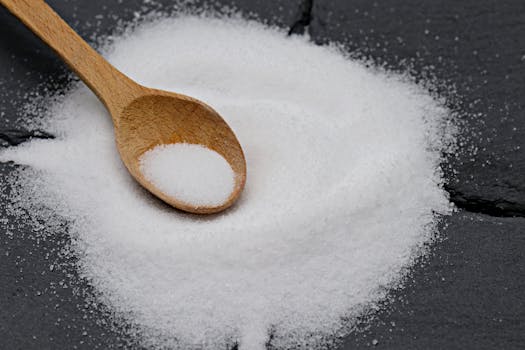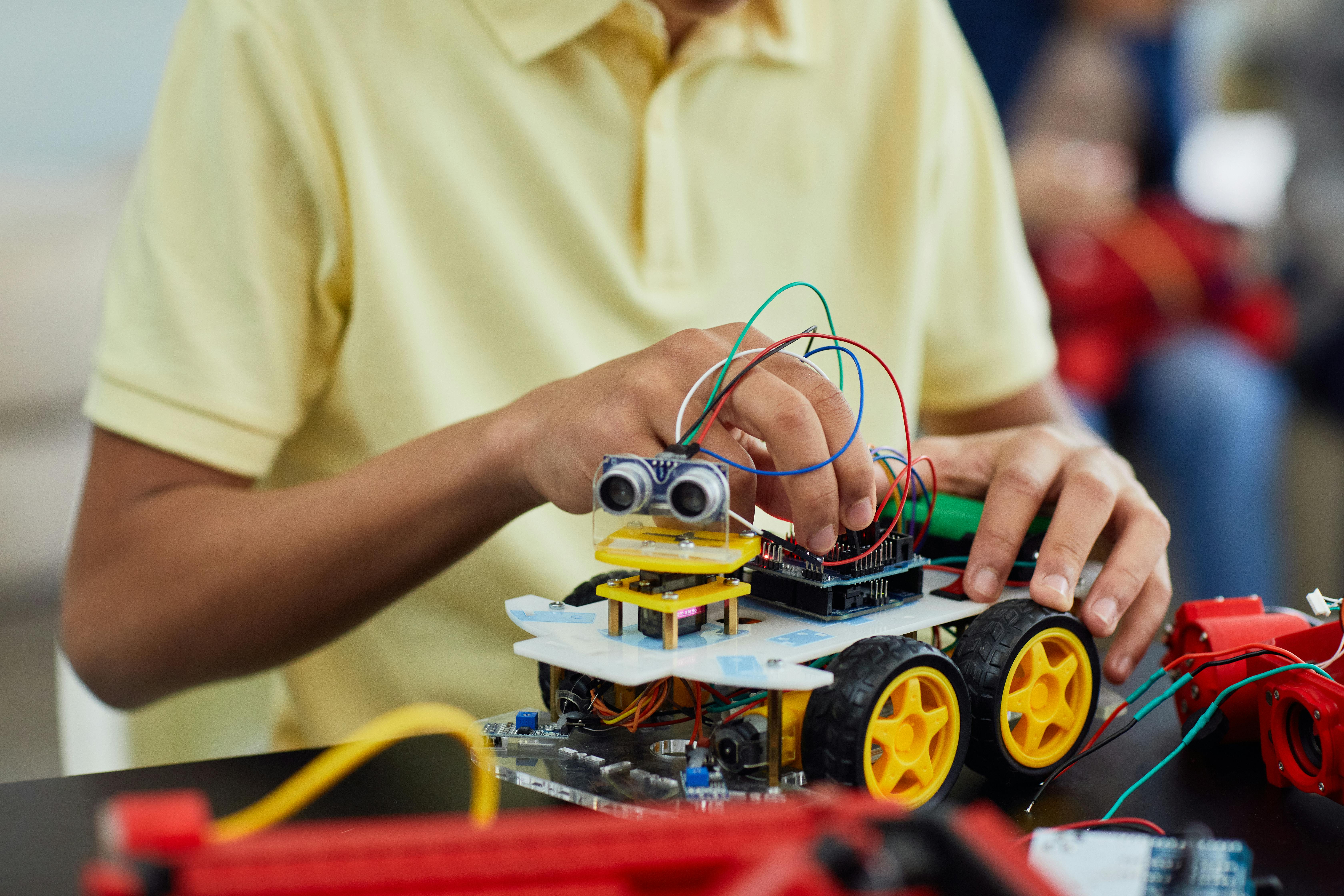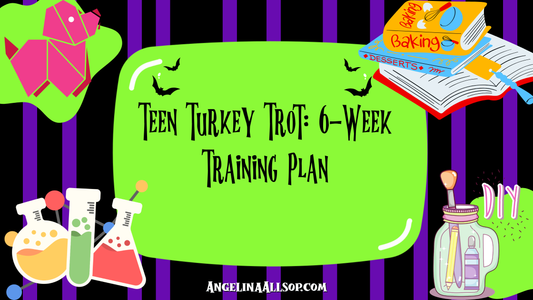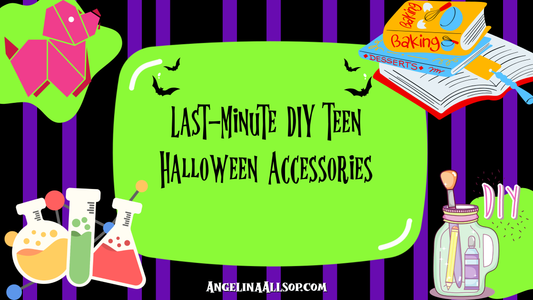As an affiliate, I earn from qualifying purchases, but this doesn't affect the reviews or recommendations—your trust is important to me!
Creating Your Own Crystal Growing Kit Experiment at Home

Today, We're Making:
- Crystal Growing Kit Experiment
- Line of Symmetry Crystal Art: This project involves growing crystals using the kit and then arranging them along a line of symmetry on a piece of cardstock. It can be aligned with mathematical concepts of symmetry and geometry,and children can experiment with different shapes and patterns while also learning about crystal formation.
- Scaled Solar System Model: Using household items like balls of different sizes,kids can create a scaled model of our solar system. This project can be pegged to the discovery of extrasolar planets,something that was in the news on this date.
- Temperature Controlled Crystal Growth: This project involves growing crystals at different temperatures and tracking their growth over a period of time. This can help kids understand how temperature affects the crystallisation process,combining elements of both earth science and physics.
- DIY Spectroscope: Using a DVD and a cardboard tube.
Once Upon a Time in the World of Crystals
Once upon a time, the magic of visually stunning crystals was thought only to occur deep within the earth’s crust. However, with the right knowledge and a dash of patience, you can unravel the thrill of witnessing this crystal growing process right in your living room!
Suppose you've ever marveled at the pure and lustrous forms of crystalline minerals in a natural history museum and thought “Could I make this?” The answer is a resounding yes.
Unveil the Crystal Growing Guide
With our straightforward step-by-step crystal growing guide, the amazing world of geology science will transcend from abstract textbooks into a hands-on learning experience, all thanks to a DIY crystal kit. This blog will walk you through creating your own Crystal Growing Kit Experiment at home, a fun and educational activity kids and adults can both enjoy and learn from.
Imagine the gleam in your child's eyes as they witness the magical transformation of raw materials to beautiful crystals— something they've only ever seen in a science project. Let's get started on this captivating journey into the awe-inspiring world of crystals.
Gathering Your Supplies
Before we delve into the actual process of the Crystal Growing Kit Experiment, it's crucial to gather all necessary supplies. For this home experiment, you’ll need a few common household items such as Epsom salts or sugar, food coloring (optional), string, a pencil, and a glass jar. The beauty of this DIY science experiment is its simplicity; the ingredients are readily available and safe to use. In case you prefer a more advanced experiment, you can also include chemical compounds like alum or copper sulfate. While these aren’t typically found in most kitchens, they can easily be purchased online or from a local pharmacy.
Setting the Stage for Crystal Growth
In crystal science, the process of formation is all about solution saturation. So, our next step is to create a super-saturated solution using your chosen compound. This is achieved by continuously stirring your compound into boiling water until it’s no longer dissolving - this is what we science enthusiasts call a saturated solution. You may add food coloring at this point. A DIY crystal kit typically suggests adding a few drops till you achieve your desired color. Once prepared, leave the solution to cool for about 20 minutes.
Creating Your Rock Formation
Our next step in this educational activity relates to rock formation. Here, you'll tie one end of the string to the pencil and the other end to a seed crystal - a small crystal that kick-starts the growing process. Still unsure about it? Not to worry, a little Internet searching will clarify and give you the information you need. Once tied, you'll position the pencil on the mouth of the jar to allow the string and seed crystal to dangle into the solution without touching the sides or bottom of the container. Remember, the patience virtue plays a critical role in this STEM project, as it might take several days or up to a week to observe noticeable changes. But that's part of the fun! Each day offers your child an exciting chapter of observation in this hands-on learning experiment.
Maintaining Your DIY Geology Project
The beauty of growing crystals at home is the ability to witness this wonderful display of nature's artwork day-by-day. As the days fly by in this fun science experiment, your suspension string will gradually become a living sculpture, embellished with numerous shiny particles of growing crystals. To promote a healthy growth process, it’s essential to maintain your DIY geology project by ensuring the jar remains undisturbed, and the solution stays at room temperature. Also, teach your young scientist the importance of daily observations and recording any changes - another educational activity that subtly strengthens their learning skills.

And there we have it!
Quite simply, with just a handful of materials and a little bit of patience, you're on your way to unlocking the magic of crystal growth right in the heart of your home. This playful science project not only offers factual knowledge and impressive visuals, but it also fosters curiosity, cultivates patience, and strengthens observation abilities.
Who knew science could be so exciting?
Remember, whether you are setting up an exclusive learning activity for your children or indulging in a therapeutic diversion for yourself, everyone can share in the unique joy this crystal growing kit experiment brings. Time to let your inner geologist shine and dive into an intriguing home science adventure!
Let the crystal magic commence!

You May Also Like These:
Line of Symmetry Crystal Art
You will need:
- Crystal growing kit: You can find this at your local crafts store or online.
- Cardstock: Thicker paper like cardstock can handle the weight of the crystals.
- Ruler: To help you draw an accurate line of symmetry.
- Glue: To stick the crystals onto the cardstock.
- Marker: To mark the line of symmetry.
Instructions:
- Gather all your materials: Before starting your project, ensure you have all the materials listed above.
- Prepare the Crystal: Follow the instructions on your crystal growing kit to create your crystals. This may take a few hours or overnight, so ensure to plan accordingly.
- Draw the line of symmetry: Use your ruler and marker to create an accurate line of symmetry on your cardstock.
- Arrange the Crystals: Once your crystals are ready, peel them off the crystal growing surface carefully and begin to arrange them along your line of symmetry. Remember, symmetry means both sides should mirror each other!
- Secure the Crystals: Once you're happy with your alignment, stick the crystals onto your cardstock using your glue.
- Review: Let the glue dry and then review the symmetry. If necessary, move the crystals to make both sides more symmetrical.
- Present: Once your art piece is completed, it's time to share it! Show it to your friends and family and explain to them the science and math behind your art!
Create a Scaled Model of Our Solar System: A STEM Project for Kids
This fun and educational DIY project will allow kids to create a scaled model of our solar system, giving them a hands-on learning experience about space, geometry, ratios, and more. Additionally, kids can add extrasolar planets to foster a discussion about their discovery and relevance in the world of astronomy.
Ingredients
- 10 Styrofoam balls in different sizes to represent the sun and the planets.
- Acrylic paints in various colors (white, yellow, red, blue, green, orange, brown, and gray).
- Long thread or fishing line to suspend planets.
- Paint brushes.
- A wide and deep cardboard box to contain the solar system model.
- Additional small Styrofoam balls and glitter to represent extrasolar planets.
Instructions
- Color the Planets: Paint each styrofoam ball according to the colors associated with the sun and the planets. For instance, the sun should be yellow, Mars red, etc.
- Positioning the Planets: Suspend the planets in the box in order of their proximity to the sun, keeping the size difference and distance somewhat proportional for a scaled down model.
- Create Extrasolar Planets: Paint the extra styrofoam balls with glitter to represent the extrasolar planets. These can be placed outside the solar system model to signify their location in real space.
- Display Your Solar System: Lastly, find a good spot to hang your solar system model where it can serve as a great conversation starter about space and science!
Note that specifics about scaling, distance between planets, paint colors, etc., may vary depending on individual preference and educational goals. Happy exploring!
Scaled Model of Our Solar System
This is a fun, educational STEM project that allows kids to learn about our solar system and extrasolar planets by creating a scaled model.
Materials Needed
- 10 foam balls of varying sizes for the planets and the Sun
- Acrylic paint in varied color for the planets
- A long piece of string or yarn
- Permanent markers
- Paintbrushes
- Ruler or measuring tape
Instructions
- Identify the Planets: Start by identifying and assigning each foam ball to represent a celestial body in our solar system.
- Paint the Planets: Using your acrylic paints, color each foam ball to resemble the planets and the Sun as closely as possible.
- Measure Distances: Use an educational source to find the average distance of each planet from the sun. You'll also need the scale of your solar system model to calculate how far apart each foam ball should be placed on the string. For example, you might say that 1 foot on the string represents 10 million miles in space.
- Hanging the Planets: Depending on the scale of your model, place each foam ball at the correct distance along the string. Make sure the Sun is placed at one end of the string.
- Extrasolar Planets: As a special twist, discuss the discovery of extrasolar planets. Explain what they are and create additional foam ball models to represent these extrasolar planets.
- Showcase Your Model: Hang your scaled model of the solar system in a prominent place. This is a great chance to explain the positioning and scaling of the planets to friends and family members.
Temperature Controlled Crystal Growth STEM Project
You will need:
- A granulated substance: try salt, sugar or Borax
- A clear, heat safe container
- Water
- Fridge and/or freezer
- Magnifying glass
- Journal for tracking crystal growth
Procedure:
- Prepare your solution: Dissolve your chosen granulated substance in water. You’re looking for what’s called a “supersaturated solution,' meaning you've added the substance until the water can't dissolve it anymore.
- Container: Pour the solution into your clear, heat-safe container.
- Temperature control: Determine where to grow your crystal. This could be at room temperature, in the fridge, or in the freezer. You may want to conduct multiple experiments across different conditions to compare the results.
- Growth tracking: Over the next few days, use the magnifying glass to observe your crystal’s growth. Document your observations in your journal, noting any differences you observe as a function of temperature.
Note:
Remember, science experiments take patience! Don't feel dismayed if the results aren't immediate; keep observing and tracking for at least a week.
Materials Needed:
- Cardboard tube
- A DVD disc
- Utility knife
- Black electrical tape
- Ruler
- Permanent marker
Procedure:
- Prepare Your Materials: Gather all the required materials. For the cardboard tube, an empty toilet paper roll works perfectly.
- Cut a Slot in the Cardboard Tube: Using the ruler and permanent marker, mark a rectangular slot around 10mm by 30mm on the side of the cardboard tube. Carefully cut out this slot using the utility knife.
- Prepare the DVD Piece: Cut a piece from the DVD disc that is the same size as the slot you just cut in the cardboard tube.
- Attach the DVD Piece to the Cardboard Tube: Use the black electrical tape to secure the DVD piece over the slot. Make sure the shiny side faces inside the tube.
- Peek Through the Other End of the Tube: When you look through the opposite end of the tube, you should be able to see a spectrum of colors when you point it towards a light. This is due to the DVD fragment diffracting the light.
Well done, you now have your very own DIY spectroscope, which combines the principles of light from Physics and visible spectrum from Earth Science, an excellent STEM project.





































